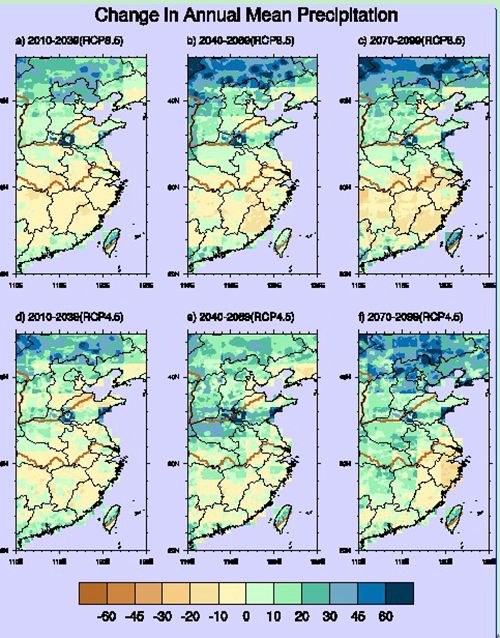Mid-Holocene ocean feedback on global monsoon area and precipitation
Date:2014-10-14
How and to what extent global monsoon areas and precipitation responded to dynamic ocean during the mid-Holocene (6000 years ago) were investigated by numerical experiments with CCSM4. Ocean feedback induced more land monsoon area for northern Africa but less for Asia and North and South America, and less ocean monsoon area for the eastern Indian Ocean, tropical western Pacific, and tropical West Atlantic. Additionally, it led to more global monsoon precipitation but weaker global monsoon precipitaiton intensity. The mid-Holocene summer changes in meridional temperature gradient and land–sea thermal contrast were the underlying mechanisms.
Citation: Tian, Z.-P., and D.-B. Jiang, 2015: Mid-Holocene ocean feedback on global monsoon area and precipitation, Atmos. Oceanic Sci. Lett., 8, 000–000, doi:10.3878/AOSL20140068.
Download:http://159.226.119.58/aosl/EN/abstract/abstract509.shtml

Changes in summer monsoon precipitation (units: mm d?1) for the (a) AGCM and (b) AOGCM, and (c) due to ocean feedback. (d) Changes in summer vertically integrated water vapor flux (arrows; units: kg m?1 s?1) and its divergence (shading; units: mm d?1) due to ocean feedback. The vertical integration of the water vapor flux was performed from the surface to 300 hPa, and the impacts of topography have been removed using the surface pressure. The units of divergence have been converted to mm d?1 assuming the density of liquid water as 1 g cm?3.![]()
![]()
